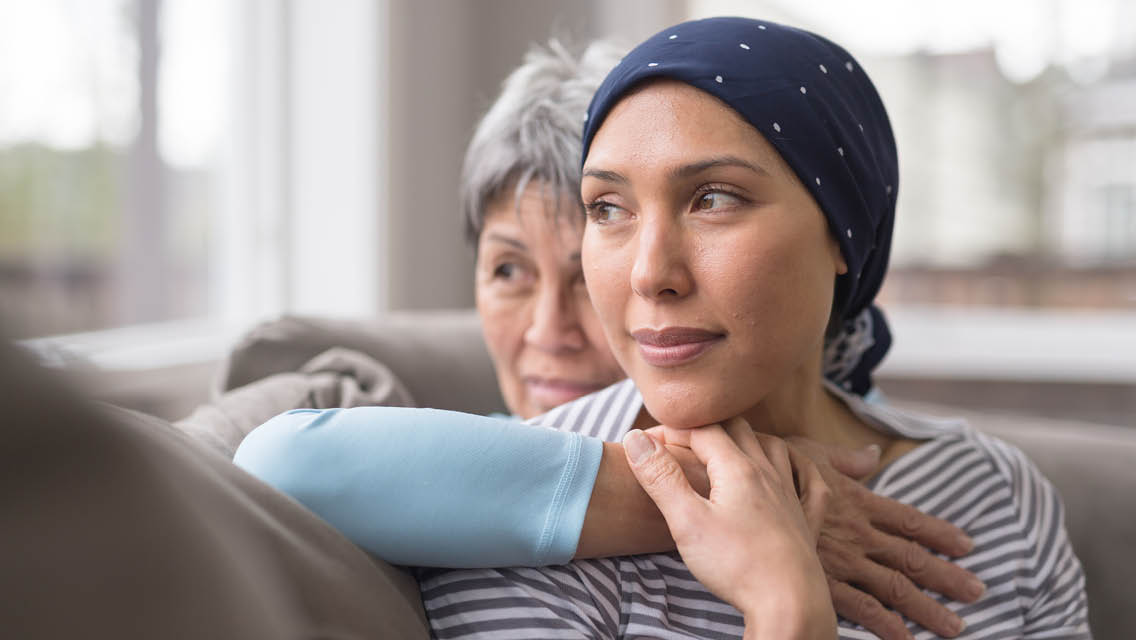There was nothing particularly special about the afternoon Jamie Sukow’s car caught on fire. One moment she was an average 22-year-old pulling out of a parking lot, the next she was trapped in a burning vehicle.
Road debris had punctured the fuel tank and the gas fumes ignited. Then her seat belt jammed. The doors wouldn’t open, and neither would the windows. As flames crept toward the driver’s seat, Jamie thought, I guess this is how I’m going to die. But an off-duty paramedic happened to pass by, free her from the burning vehicle, and wait with her until an ambulance arrived.
That day would not be her last. Instead, it was the beginning of what Jamie now considers a profound — and in many surprising ways, positive — turning point in her life.
But it took a while for her to see if that way.
Trauma and Its Aftermath
Trauma is defined by the American Psychological Association (APA) as “any disturbing experience that results in significant fear, helplessness, dissociation, confusion, or other disruptive feelings intense enough to have a long-lasting negative effect on a person’s attitudes, behavior, and other aspects of functioning.”
The APA definition focuses more on the aftermath and less on the experience itself for a reason: What one person experiences as traumatic may not be traumatic to someone else (evidenced by the fact that the prevalence of posttraumatic stress disorder (PTSD) among veterans varies widely both within and across wars).
Trauma is defined by the American Psychological Association (APA) as “any disturbing experience that results in significant fear, helplessness, dissociation, confusion, or other disruptive feelings intense enough to have a long-lasting negative effect on a person’s attitudes, behavior, and other aspects of functioning.”
And while there are commonalities among individuals who develop PTSD — typical symptoms include flashbacks, nightmares, and physiological reactions to reminders of the event — the disorder can take several forms. Some individuals withdraw; others lash out. Some feel detached; others feel constantly and overwhelmingly alert. Some can’t remember anything that took place during the traumatic event while others can’t get the sounds and images out of their heads.
Trauma is not only subjective, it’s also malleable. What initially manifests as posttraumatic stress can evolve into something else — something not necessarily good so much as beneficial.
Posttraumatic Growth
Jamie spent three weeks in the hospital with second-degree burns on her chest and face and third-degree burns on her arms, hands, and a portion of her leg. She received four skin grafts. As much as the burned areas hurt, they were nothing compared to what it felt like to try walking again: The doctors had taken donor skin from Jamie’s thighs, resulting in excruciating pain when she moved her legs.
Once discharged, there wasn’t much for Jamie to do. She couldn’t drive, which meant she couldn’t work. Visits from friends and family waned, and when Jamie did meet up with people, they’d often stare at her burned skin or avoid looking at her altogether. It felt better just to isolate.
With one exception — the burn-survivor support group she’d been encouraged to join while in the hospital and continued to attend in an outpatient setting. She had some initial reservations: What if my story isn’t as bad as others, Jamie worried, and will people think I’m complaining too much? Yet she soon discovered the group to be a source of camaraderie and understanding.
Not only did she gain practical information (such as always wear sunscreen for burned skin), but Jamie also found her peers’ stories to be deeply inspiring. One man who had lost his fingers and parts of his hands to burns had custom gloves made for him that enabled him to ride his motorcycle again. Another suffered severe burns over most of his body, yet, says Jamie, “he told us he was thankful for his experience and wouldn’t change it if he could.”
PTG is not something that occurs instead of posttraumatic stress; rather, PTG tends to emerge only after one has endured significant psychological struggle following a trauma — in fact, it’s entirely possible to experience symptoms of PTSD in tandem with the growth.
Jamie was beginning to encounter posttraumatic growth.
The concept of posttraumatic growth (PTG) was developed in the 1990s by psychologists Richard Tedeschi, PhD, and Lawrence Calhoun, PhD. The PTG theory contends that individuals who struggle in the wake of trauma can also, in time, experience personal growth. These individuals may develop new understandings of themselves, their relationships, and what kind of life they want to lead moving forward.
PTG is not something that occurs instead of posttraumatic stress; rather, PTG tends to emerge only after one has endured significant psychological struggle following a trauma — in fact, it’s entirely possible to experience symptoms of PTSD in tandem with the growth.
Moreover, PTG is not the same as resilience. Resilience is more of a personal attribute, defined as the ability to bounce back after adversity. A naturally resilient person may actually be less likely to experience PTG because they are less likely to struggle after suffering trauma.
Put another way, the growth can’t happen without struggle.
New Perspectives
“The first year [after the fire] was the hardest,” Jamie recalls. She could remain calm while driving but when attempting to park, especially in tight spaces, she would grow hot, shaky, and panicked. It still hurt to walk, she couldn’t spend much time outside (sun and burns don’t mix), and she was realizing that some friendships were not as solid as she’d assumed.
On the other hand, certain relationships were proving stronger than she’d imagined. Jamie’s then-boyfriend, now-husband, was one of these. “He was so supportive,” she says. “He encouraged me to embrace my scars rather than hide them.”
With his support and that of the burn-survivor group, Jamie’s confidence grew. She decided to move out of her parents’ home and quit her retail job so that she could focus on a longtime passion for photography. She pushed herself to try, and possibly fail, rather than tell herself I can’t do this anymore.
She also began cultivating a different perspective on the accident. What had initially seemed like the worst thing that could ever happen became a reminder that worse things can happen.
A longtime ruminator, Jamie eventually found herself less preoccupied by what if and why me. And in the spirit of embracing rather than hiding her experience, Jamie even sat for a photo shoot in which she proudly displayed the scars on her arms.
“I began to appreciate what happened in a different way,” she says.
Jamie’s shift epitomizes posttraumatic growth. She deepened her most important relationships, clarified her life’s purpose, and became more confident in her ability to pursue that purpose because of — not in spite of — the trauma she’d endured.
Grounds for Growth
Of course, not everyone who suffers a trauma will come to appreciate it.
Whether one experiences PTG may depend in part on the type of trauma they endure. Interpersonal traumas, such as rape or assault, typically lead to more severe PTSD and depression than accidental traumas such as a natural disaster, hindering the survivor’s ability to transform negatives into positives.
Personal attributes may also play a role. Openness and extraversion have both been linked to PTG. Openness enables an individual to reconsider their attitudes and beliefs (turning Why me? into I’m so lucky I survived, for example). Extraversion increases one’s likelihood of seeking support from others.
Also crucial to PTG is a willingness to engage with, rather than avoid, the spectrum of emotions accompanying trauma. “Psychological flexibility” describes the ability to tolerate and even embrace our thoughts and feelings — including the difficult or uncomfortable ones — as they arise. Research suggests individuals who demonstrate high levels of psychological flexibility are more likely to report personal growth stemming from trauma.
None of this suggests we should wish for trauma or criticize those who do not reap positive change in its aftermath. Even among those who do, the process is a long and winding one.
Some days Jamie still feels preoccupied by what happened; other days she doesn’t think about it at all. She’s debating whether to reconnect with the burn-survivor group as a peer-support volunteer: She’d love to help other survivors recover but remains wary of the hospital — it’s still a triggering place for her.
Her story is not necessarily one of happy endings so much as complicated transformations. It’s also a reminder that growth doesn’t happen without struggle — or, as Jamie puts it, “It has to get worse before it can get better.”
This article originally appeared as “Learning and Growing From Trauma” in the May 2023 issue of Experience Life.





This Post Has 0 Comments